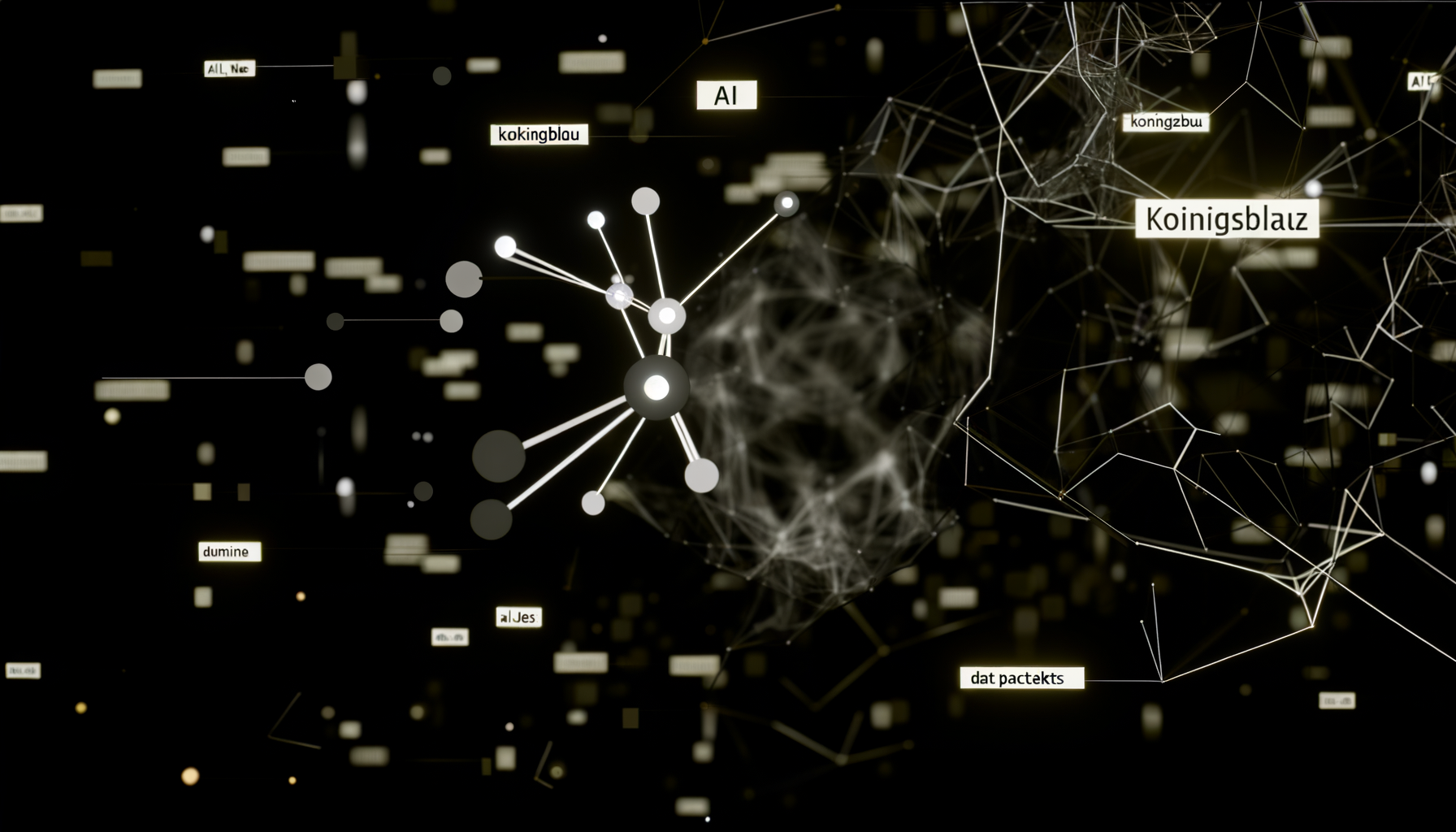Your RAG stack isn’t failing because of bad models—it’s hemorrhaging productivity through invisible context wars between your AI agents that nobody talks about.
The 73% Silent Failure Rate Nobody Wants to Discuss
Here’s what your vendor won’t tell you: 73% of enterprise AI orchestration deployments are experiencing context fragmentation issues that only surface after you’ve already committed millions to your infrastructure. The symptoms are subtle at first—duplicate work, conflicting recommendations, agents that seem to “forget” critical information between interactions.
But by the time you notice, your AI productivity tools have already created more problems than they’ve solved.
What Context Fragmentation Actually Looks Like
Imagine this scenario playing out across your organization right now:
- Your customer service RAG agent tells a client their order shipped yesterday
- Your inventory management agent shows that same order still in the warehouse
- Your financial reporting agent has already booked the revenue
- Your compliance agent flags a regulatory violation because shipping documents don’t match
Four agents. Four different “truths.” One massive productivity crater.
The Orchestration Paradox: More Agents, Less Intelligence
The enterprise AI market’s 72% spending increase in 2025 is creating an unexpected paradox. Companies are deploying more specialized agents to handle specific tasks, believing that orchestration frameworks will magically coordinate their efforts. Instead, they’re creating competing data kingdoms.
“We thought adding more AI agents would multiply our productivity. Instead, we multiplied our confusion by the number of agents squared.” – CTO of a Fortune 500 financial services firm
The Real Cost of Context Wars
When properly implemented, RAG systems deliver impressive metrics:
- 50% reduction in employee search time
- 40% faster new-hire onboarding
- 21% reduction in meeting durations through automated summarization
But when context fragmentation hits, these gains evaporate. Worse, they reverse. Employees spend more time reconciling conflicting AI outputs than they saved from automation.
Why Traditional RAG Architecture Guarantees Context Fragmentation
Most enterprises build their RAG stacks like this:
- Deploy single-purpose agents for specific domains
- Connect them to relevant data sources
- Add an orchestration layer on top
- Hope for the best
This approach fails because each agent maintains its own context window, embedding space, and retrieval logic. When Agent A updates a customer record, Agent B doesn’t know until its next indexing cycle. By then, Agent C has already made decisions based on outdated information.
The Swiss Complexity Multiplier
For Swiss enterprises, the problem compounds exponentially. Multilingual data requirements mean your German-speaking sales agent might literally be speaking a different language than your French-speaking compliance agent. Add regulatory requirements that demand data sovereignty, and you’ve created perfect conditions for context catastrophe.
The Hidden Infrastructure Debt of Multi-Agent Systems
According to IBM’s 2025 AI agents reality check, the no-code AI agent market grew 41% year-over-year in 2024. This accessibility is a double-edged sword. Business units can now spawn agents faster than IT can establish proper context governance.
Each new agent adds:
- Another vector for context drift
- Additional synchronization overhead
- Increased likelihood of conflicting outputs
- Exponential growth in edge cases
The Orchestration Framework Trap
Modern orchestration frameworks promise to solve coordination problems through sophisticated routing and task allocation. But they’re built on a fundamental misconception: that context can be cleanly partitioned between agents.
In reality, enterprise data is messy, interconnected, and constantly changing. Your customer data touches inventory, touches finance, touches compliance, touches support. Draw clean boundaries between these domains, and you’ve already lost.
Building Context-Coherent AI Systems: The Alternative Architecture
The solution isn’t fewer agents or better orchestration. It’s rethinking how context flows through your AI infrastructure.
Principle 1: Shared Context Layers
Instead of giving each agent its own retrieval mechanism, implement a unified context layer that all agents query. This isn’t just a shared database—it’s a living representation of your organization’s current state that updates in real-time.
Principle 2: Context Versioning
Treat context like code. Every update gets versioned, tagged, and tracked. When agents make decisions, they record which context version they used. This creates an audit trail that explains conflicting outputs and enables rollback when things go wrong.
Principle 3: Semantic Synchronization
Different agents will always use different vocabularies. Your sales agent calls it “customer lifetime value.” Your finance agent calls it “CLV.” Your marketing agent calls it “predicted revenue per account.” Without semantic synchronization, these become three different metrics.
Implement a semantic layer that maps these concepts, ensuring all agents speak the same language even when they use different words.
The 2025 Context Management Playbook
As WEF’s analysis shows, GenAI delivers both short-term wins and long-term transformation—but only if you solve context fragmentation first.
Immediate Actions:
- Audit Your Current Context Flows: Map how information moves between your agents. You’ll be shocked by the gaps.
- Identify Context Conflicts: Look for places where agents make decisions based on different versions of the same data.
- Establish Context SLAs: Define maximum acceptable lag between context updates and agent awareness.
Strategic Initiatives:
- Implement unified context infrastructure before adding new agents
- Create context governance policies that span business units
- Build monitoring systems that detect context drift in real-time
- Establish clear ownership for cross-agent context integrity
The Productivity Reckoning
With over 80% of enterprises expected to deploy generative AI apps by 2026, context fragmentation will separate the winners from the digital walking dead. Companies that solve this problem will see compound productivity gains as their AI agents work in harmony. Those that don’t will watch their AI investments turn into expensive confusion generators.
The irony is stark: the very orchestration systems designed to coordinate AI agents are creating the conditions for their failure. By treating agents as independent actors rather than parts of a unified intelligence, we’ve recreated the very silos AI was supposed to eliminate.
The Swiss Opportunity
Swiss enterprises face unique challenges, but also unique opportunities. The same regulatory requirements that complicate context management also force better data governance. The multilingual complexity that multiplies fragmentation risk also creates competitive moats for those who solve it.
Companies that master context-coherent AI in Switzerland’s complex environment will have solutions that work anywhere.
Your Next 90 Days
Context fragmentation isn’t a future risk—it’s happening in your organization right now. Every day you delay addressing it, your AI agents drift further apart, creating more conflicting outputs and eroding productivity.
Start with a simple test: ask three different AI agents in your organization about the same customer, product, or transaction. If their answers don’t match perfectly, you’re already in the fragmentation zone.
The question isn’t whether you have a context fragmentation problem. The question is whether you’ll fix it before it fixes your productivity gains permanently downward.
Context fragmentation is the hidden tax on every AI orchestration deployment—and most enterprises won’t realize they’re paying it until their productivity gains have already evaporated.





